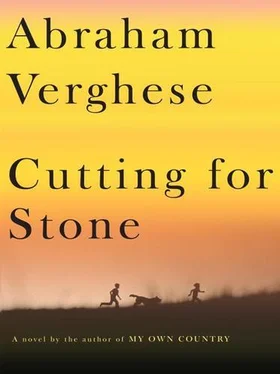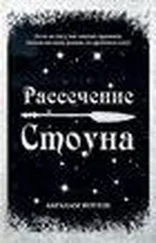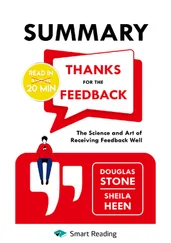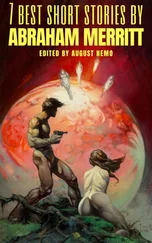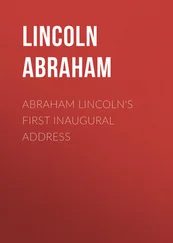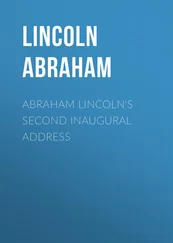Hardly two days later, I encountered the scent again at Missing's gate. This time an old woman stretched out on the bench of a gharry, propped there by her relatives, was the source. She had the same sighing, breathing, and not even the horse's strong scent could conceal the fruity odor. “Diabetic acidosis,” I said to Adam, and he said it was possible. The blood and urine tests confirmed that I was right.
Somehow, life went on at Missing. Whether we had one doctor or four, the patients kept coming. The simple things—treating dehydration in infants, treating fevers, conducting normal deliveries—were routinely managed. But anything surgical had to be turned away I hung around Casualty with Adam, or else I hid in Ghosh's old bungalow browsing through his textbooks. Time didn't speed up, nor did my fear for Ghosh diminish one bit, but at last I felt I had found something that was the equivalent of Shiva's drawing or his dancing, a passion that would keep disturbing thoughts at bay. What I was doing felt more serious than Shiva's pursuits; mine felt like an ancient alchemy that could cause the prison gates in Kerchele to spring open.
During that awful period with Ghosh in jail, Almaz holding vigil outside prison, and the Emperor so distrustful of everyone that Lulu had to sniff every morsel of His Majesty's food, my olfactory brain, the feral intelligence, came awake. It had always known odors, the variety of them, but now it was finding labels for the things it registered. The musty ammoniacal reek of liver failure came with yellow eyes and in the rainy season; the freshly baked bread scent of typhoid fever was year-round and then the eyes were anxious, porcelain white. The sewer breath of lung abscess, the grapelike odor of a Pseudomonas- in fected burn, the stale urine scent of kidney failure, the old beer smell of scrofula—the list was huge.
One night after supper, Matron dozed on the sofa while Shiva drew intently at the dining table. Hema, who was pacing the room, stopped by my armchair. This was Ghosh's spot. I had my feet up and books piled next to me. I think she understood that I was preserving his space. Over my shoulder she saw the thick gynecology textbook of hers that I'd opened, purely by chance, to a picture of a woman's vulva distorted by a giant Bartholin's cyst. I made no attempt to hide what I was doing. I sensed Hema struggle to find an appropriate response. She put her hand on my hair and then the hand slipped down to my ear, and I thought she was going to twist my pinna (that's what I learned the fleshy part of the ear was called). I felt her indecision. She caressed my pinna and stroked my shoulder.
When she walked away I felt the weight of what she left unsaid. I wanted to call after her, Ma! You have it all wrong. But just as she kept her thoughts to herself, I was learning to do the same. This was what growing up was about: hide the corpse, don't bare your heart, do make assumptions about the motives of others. They're certainly doing all these things to you.
I'm sure Hema believed that a prurient interest in a woman's anatomy took me to that page in the textbook. And perhaps it did, but that wasn't all there was to it. Would she believe me if I said that those musty old books with their pen-and-ink drawings, their grainy photographs of people parts contorted and rendered grotesque by disease, held out a special promise? Kelly's Obstetrics and Jeffcoate's Gynecology, and French's Index of Differential Diagnosis (at least in my childish way of thinking), were maps of Missing, guides to the territory into which we were born. Where but in such books, where but in medicine, might our conjoined, matricidal, patrifugal, twisted fate be explained? Where else could I understand the urge in me (was it homicidal? Id lie awake at night wondering) that did away with the army man, and then the simultaneous urge to keep it concealed and to confess? Maybe there were answers in great literature. But I discovered in Ghosh's absence, in the depths of my sorrow, that the answer, all answers, the explanation for good and evil, lay in medicine. I believed that. I was sure that only if I believed would Ghosh be freed.
ON THE THIRD WEEK of Ghosh's abduction, I walked to the front gate in the morning, just as St. Gabriel's sounded the hour, which was Gebrew's command to allow entrance. The narrow pedestrian opening permitted just one person at a time to come through. What prevented chaos and a stampede was the sight of Gebrew in his priest's garb.
Two men jostled each other, high stepping over the frame of the gate like hurdlers. “Behave yourselves, for God's sake,” Gebrew admonished. Next came a woman who stepped over gingerly, as if getting out of a boat and onto the dock. As the patients took turns to peck like hens around the four points of Gebrew's handheld cross—once for the crucified Christ, then for Mary, then once for all the archangels and the saints, and then for the four living creatures of the Book of Revelation—and waited for Gebrew to touch it to their forehead, order was imposed. These visitors to Missing feared illness and death, but their fear of damnation was greater.
I studied the faces, each one an enigma, no two alike. I hoped that the next face would be Ghosh's.
I imagined the day my “real” father—Thomas Stone—would step through the gate. I imagined myself standing here. I'd be a doctor by then, and I might be in my green scrubs, taking a break between surgeries, or in my white coat with a shirt and tie beneath. Even though I had no photograph or memory of Stone to go by, Id know it was him right away
I knew what I'd say to him: You're much too late. We went ahead with our lives without you.
IAWOKE WHILE IT WAS NOT YET DAYBREAK. I ran as fast as I could in the dark to the autoclave room. This was the thought that woke me up: What if Sister Mary Joseph Praise could intercede and free Ghosh? My “father” would never come, but what if my birth mother was just waiting to be asked? I hoped she wouldn't hold my long absence from her desk chair against me.
Seated, staring up at that print of the Ecstasy of St. Teresa, seeing only faint outlines as I hadn't put on the light, I felt as if I were in a confessional, but with no desire to confess. I was silent for ten minutes or so.
“You know for the longest time I assumed that all babies came in twos,” I said. I was making conversation. I didn't want to get to Ghosh or the favor I sought right away. “Koochooloo's pups came in fours and sixes. At Mulu Farm we saw a sow with twice that number.
“We are identical twins, but the truth is we aren't exactly identical. No, not the way a one-birr note is identical with another birr note in all but the serial number. Shiva is actually my mirror image.
“I'm right-handed, and Shiva's left-handed. The swirl on the back of my head is on my left. Shiva's is on the right.”
My hand went to my nose, again something I wasn't telling her. A month before the coup, I had a confrontation with Walid, who'd been teasing me over my name (such an easy target). I found myself flattened by a head butt—a testa —and the fight went out of me. Testa —Italian for “head”—some claim is an ancient Ethiopian martial art, but if so, there are no dojos, no belts, just lots of broken noses. The only defense against the “big knuckle” is to lower your head. Walid used his testa when I wasn't expecting it.
To my surprise, Shiva helped me up. Shiva was so tuned to the distress of animals and pregnant women, yet he could be blissfully unaware of the pain of other humans, especially if he was the cause. I watched in astonishment as Shiva confronted Walid. Walid's answer was another testa. Their frontal bones met with a sickening clash. When I could bear to look, I saw Shiva standing as if nothing had happened. The junior boys came running like vultures around carrion, because the fall of a bully makes big news. Walid was supine on the ground. He came to his feet and tried it again. The dull thud of their heads left me in mortal fear for Shiva. But Shiva hardly blinked while Walid was out cold with a big gash on his skull. When he eventually returned to school, he was a subdued figure.
Читать дальше
